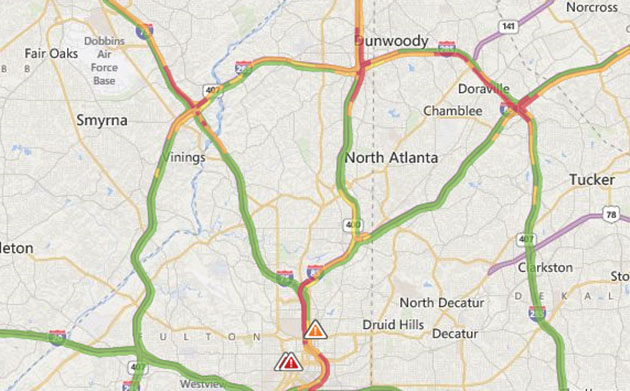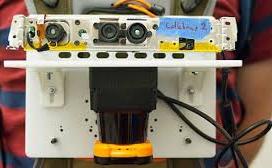
Microsoft launches traffic predictions in Bing Maps across the globe
There are a couple of approaches to calculate road traffic on a map. The best option would be to actually have someone being stuck in every traffic jam on the planet. Such an approach exists, it’s called probe-based traffic or Floating Car Data and it’s feasible only for the biggest companies on the market like Google, TomTom and Here, which combine community data from their users, probe data from fleet monitoring systems, traffic data from various 3rd party data suppliers, as well as public road sensors.
HOW DOES IT WORK?
The rule is simple the more users and better algorithms you have the more granular and precise traffic data you provide to end users. Basically, for a country like Germany if you have 10.000 probe cars in total (typically most of them are active only for couple of hours a day) you can estimate traffic only on highways, if you have 50.000 connected cars you can estimate all major roads and streets, if you have over 100.000 you can start thinking about accurate traffic for minor road categories and streets. If you don’t have access to real-time traffic you can buy historical traffic data (called speed profiles) which can help you to estimate traffic conditions for particular day of the week and hours based on past traffic patterns.
WHAT TO DO WITHOUT A LOT OF DATA?
Microsoft has a different approach. Last week Bing Maps launched is prediction-based traffic service worldwide. It is based on a technology which Microsoft calls Clearflow . The system works by taking live traffic data for main roads and streets from Nokia’s Here, and extrapolating it to unreported routes. The question is why would you want to use “guesstimated” traffic data if you’ve got real-time, fairly precise, service from Google or TomTom? I guess that Microsoft knows that it won’t win the market with this product but it might be useful for corporate customers which have Microsoft’s solutions integrated within their ERP systems… plus it’s a catchy marketing news – “world-wide traffic in Bing Maps”.
source: Bing Maps Blog






